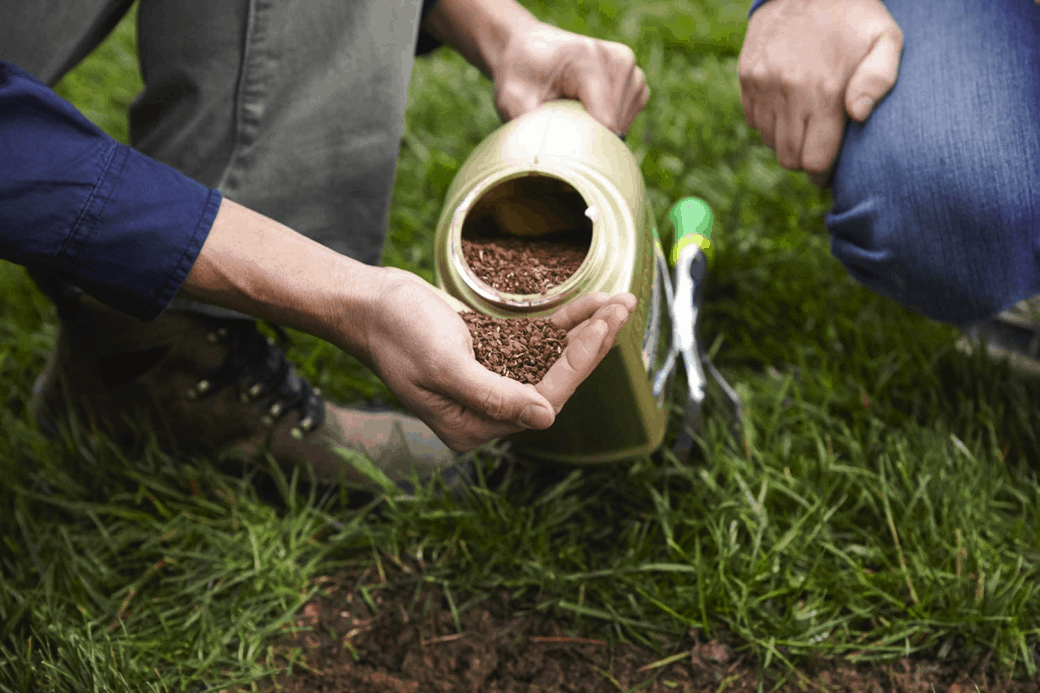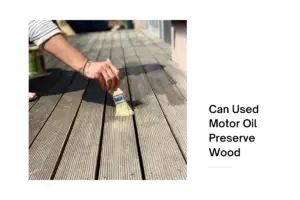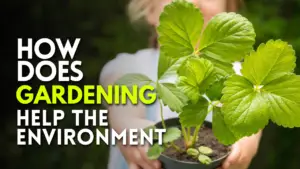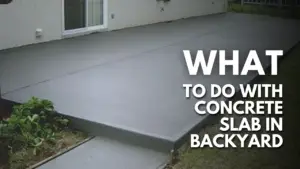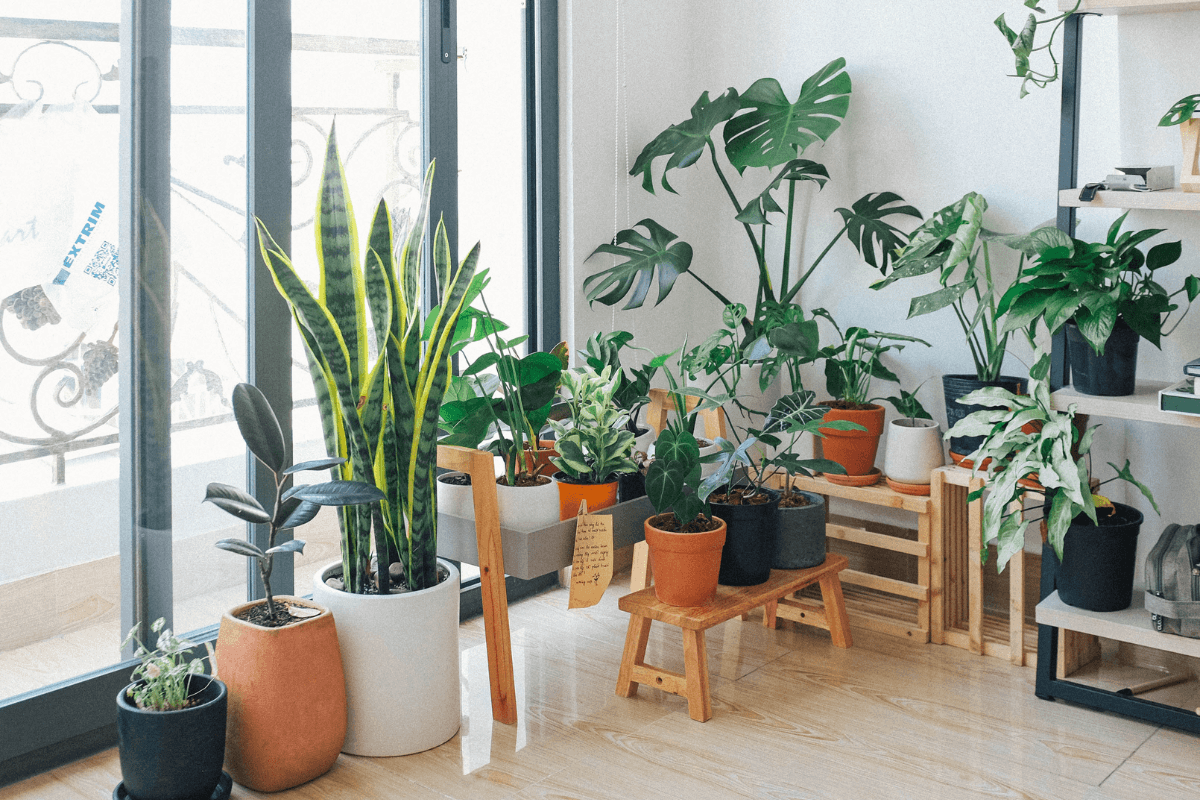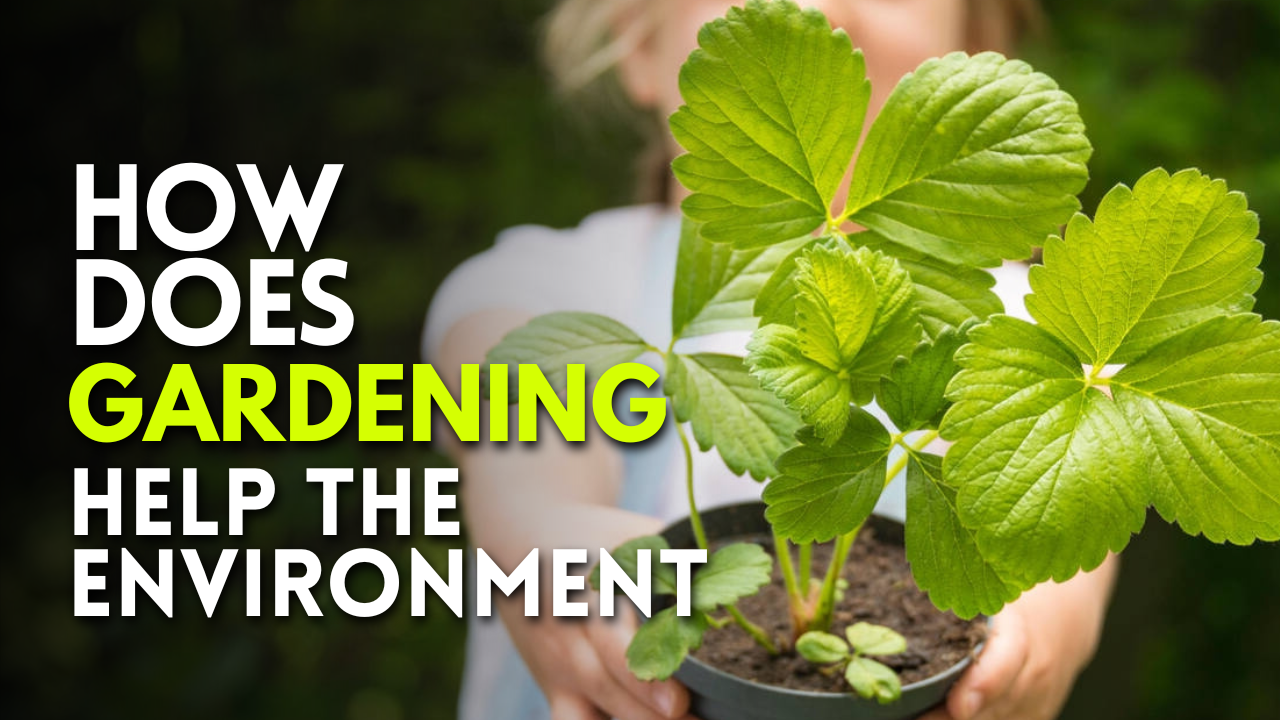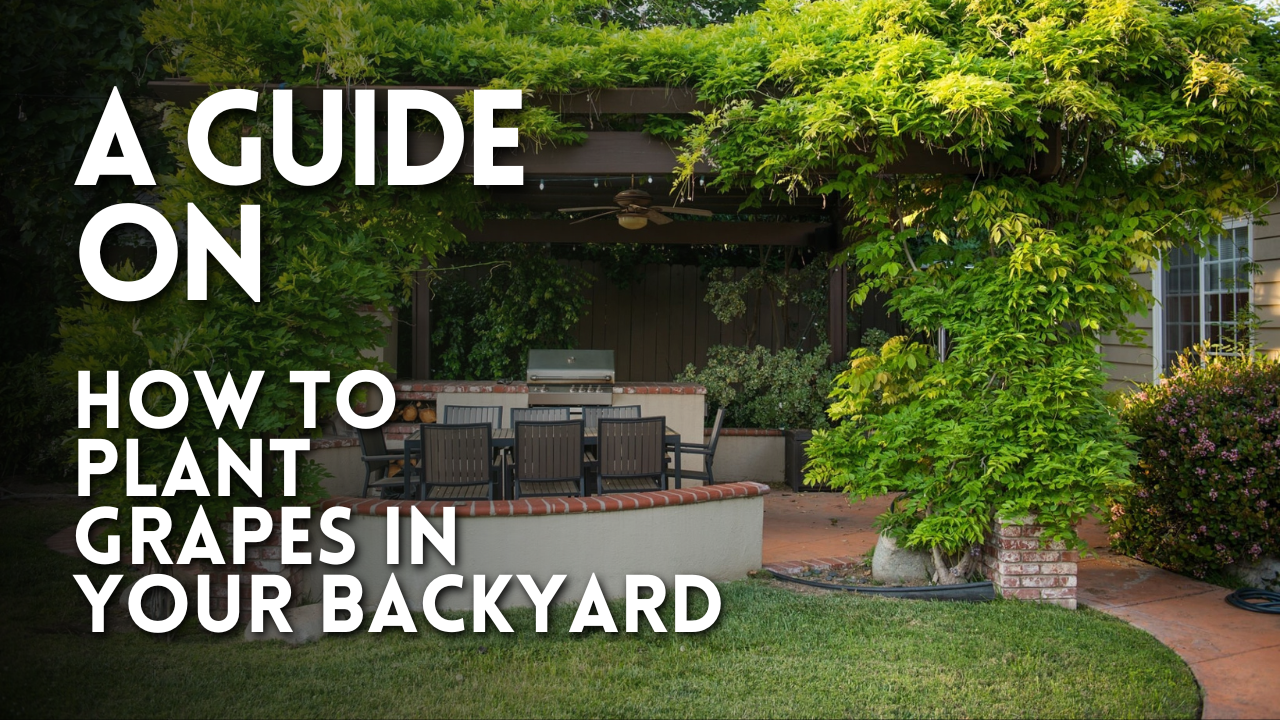Does Grass Seed Go Bad?
Do you have some extra grass seed lying around, and you are wondering how long does grass seed last or does grass seed go bad? You might be wondering how you can store the grass seed to keep it viable. Well, you are in the right place.
In this article, we are going to discuss everything you need to know about grass seeds’ viability and the proper method of storage.
How Long Does Grass Seed Last?
The short answer is two to three years if stored correctly.
Nonetheless, the seeds’ viability is determined by various factors, e.g., the type of seed. Even when the seeds are properly stored, the germination rate often decreases after prolonged storage.
The manner in which you store them will influence the germination rate to a considerable extent. This is because seeds are living organisms and will interact with their surroundings, such as air and moisture.
Things you need to be aware of before storage
Seed type
You must first be aware of the kind of seeds you have. Since there are numerous types of grass varieties, not all will be the same. Some can are more resistant while others are not.
These differences are caused by chemical and physical variations that make them more or less or hygroscopic or resistant to moisture and airflow. For instance, small seeds tend to last longer since they are more compact, which reduces the rate of airflow.
Seed moisture content
The moisture content influences several things, such as metabolic activity, fungal problems, respiration, and heating. All these factors will directly affect the lifespan of your seeds. That is why moisture is one of the vital considerations.
While in most cases, grass seeds naturally dry in the field, sometimes the weather condition might affect this and make them soggier than need be. In such cases, the seeds have to be dried artificially.
However, this is not a significant problem for most people since they buy the seeds from manufacturers or retails who confirm that they are in ideal condition. Nonetheless, you can unintentionally introduce moisture to your seeds after purchasing due to:
- Unsealed bags
- Not wrapping the packaging properly
- Tiny openings or holes in the bag
- High humidity levels
Original viability of the seeds
What was the seeds’ germination rate even before you stored them? Had the retailer stored them for a long time? These are some of the questions you need to ask yourself. The rule of thumb is if a type of seed has higher initial viability, they will maintain this quality even after extended Storage.
Also, before buying the seed, make sure that they had not been stored for long. The good thing is that most seed companies typically test the germination rate after harvest so it is easy to know which seeds have the highest viability.
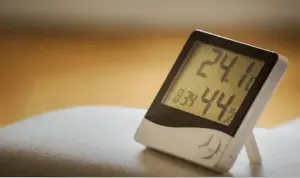
The Best Storage Conditions
Now that you know some of the factors you need to consider before storing your seeds, let’s look at the optimal storage conditions. You might have the right seeds with high viability and ideal moisture content; however, they will not last long if you don’t store them well.
The temperature
First things first, what is the right temperature to store grass seeds? Cold storage is the best for long-term seed storage. While you may not have a space with temperature control features similar to those of silos, there are still a few things you can do to ensure you maintain optimal temperature.
First things first, what is the right temperature to store grass seeds. Seeds need to be placed in a cold storage area to retain their viability. We don’t mean that you keep them in your fridge and wait for spring to plant. Look for a room with no windows or seal them off to prevent sunlight exposure.
The lack of sunlight will reduce the temperature to the optimal level. The reduced temperature usually slows down the rate of biological activity within the seed, thus making them last longer.
Humidity
The worst things to expose your seeds too are moisture and heat. These two will increase the seed and bacteria’s biological activity, making them either rot or sprout. Ensure that you store your seeds in a cool, dry place.
This is because seeds can absorb moisture from the air if there is high relative humidity. This can occur if the packaged seeds are not packaged in water-proofed containers. Moisture not only triggers germination and rotting, but it also creates ideal conditions for insects, pests, and diseases to thrive.
Ensure that the seeds are properly packaged in airtight bags before purchase. If you had opened the package, remove as much air as possible (if you have a vacuum sealer, even better) and wrap it tightly with duct tape.
Protection from Fungi and Insects
There are plenty of insects, pests, and micro-organisms that can damage your seeds. Some common pests include rats, weevils, ants, and termites. These insects can damage the packaging, introduce bacteria and moisture, which is detrimental for seeds.
Ensure that you properly fumigate the storage space before you place any seeds there. Fungi such as molds and other micro-organisms are a bit difficult to control. For instance, fungi that belong to the penicillium genera can thrive in shallow seed moisture content.
The best way to control them is to destroy any contaminated batch before it spreads. Also, try to reduce air circulation and moisture content.
Always check for mold before you store since even the lowest infection rate can destroy all your seeds.
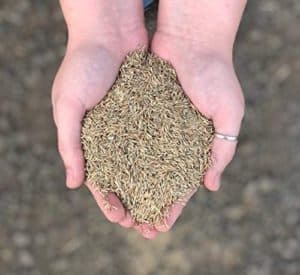
DIY Storage Steps
If you have just planted some grass and you have some left-over seeds, below is how you can properly store them.
Step 1: Check to see if the seeds are dry, clean, and there is no visible mold. Just as a precaution, if you had opened the package, you can leave the seeds to dry out in the sun for a day or two. This will remove any moisture and can also kill fungi.
Step 2: Pour the grass seed into a rodent-proof plastic storage container. Fill the container and tightly close the lid to prevent both air and moisture from contaminating the seeds.
Step 3: Mark the container. Ensure you include the Storage, grass type, the grass seed brand, and the testing date. The testing date is the date the manufacturer tested the germination rate of your batch. It is typically included in the original bag.
Step 4: Place the seeds in a room that meets all the conditions we had highlighted. The best place for this is the basement since the temperature usually is 60 to 70 degrees Fahrenheit and the relative humidity is also low at below 60 percent.
How to tell if the seeds are still viable
After Storage, it is essential to test whether your seeds are still viable. So how can you do this? Well, there is no one sure proof to determine if your seeds have expired. Even the expiry date might not be sufficient. Therefore, you need to inspect the seeds before you plant them. Check to see if you notice any patches of discoloration or fungi. Also, try and sniff the seeds. If there is a strange or foul odor, the seeds might be bad. Another great way is to do a germination test on your own. Here is how you can do it.
-
Shake the package slightly and randomly select a few seeds
-
Put a damp paper towel in a cup and add a few drops of water at the bottom.
-
Sprinkle your seeds on the paper towel
-
Place a plastic bag over the top of the cup. This will create a green-house effect.
-
Put the cup in a dry, sunny spot.
-
Add water when needed to keep the paper towel wet.
If the seeds are good, they will start to sprout within 10-14 days or even less. Unfortunately, if they don’t, you might have to purchase some fresh ones. However, not all the seeds have to germinate. If at least 50% of the seeds sprout, you are good to go. Just remember it will require twice the recommended amount of seeds to fill the same space.
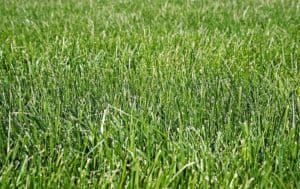
Final Tips!
Unlike fresh seeds, old seeds need a little bit more diligence for them to grow. After planting, always water your lawn twice a day. This will keep the topsoil moist until the seeds germinate. After sprouting, you can water just once a day. Also, keep insects and pests away.
Yes, grass seeds can go bad. However, when appropriately stored, the average lifespan is usually 2-3 years. All you need to remember is that moisture, heat, and fungi are your seeds’ worst enemy. During Storage, occasionally check for any anomaly, and when you detect it, fix it immediately.
To ensure the best results, always buy seeds from proven vendors with the highest quality grass seed.

